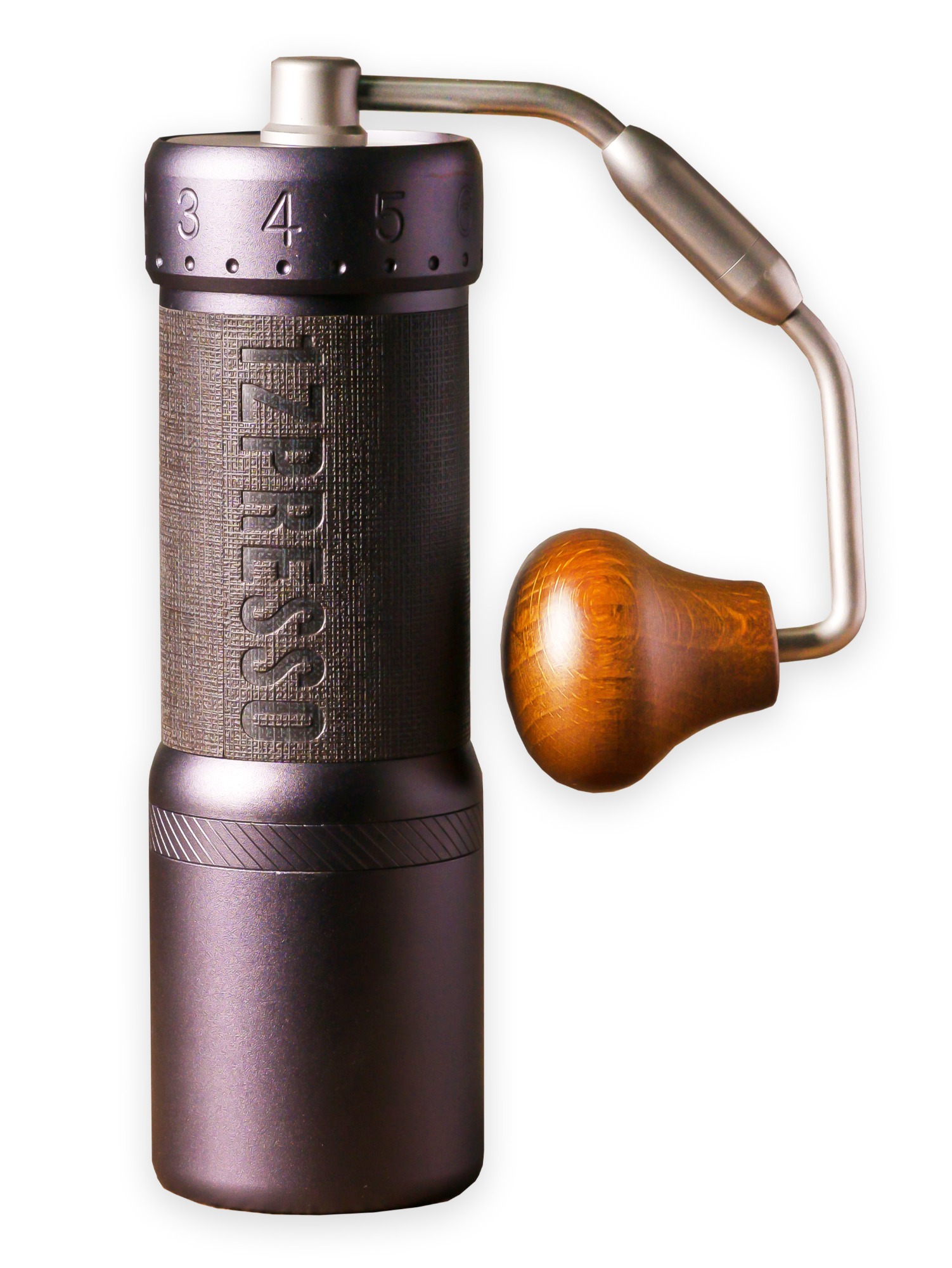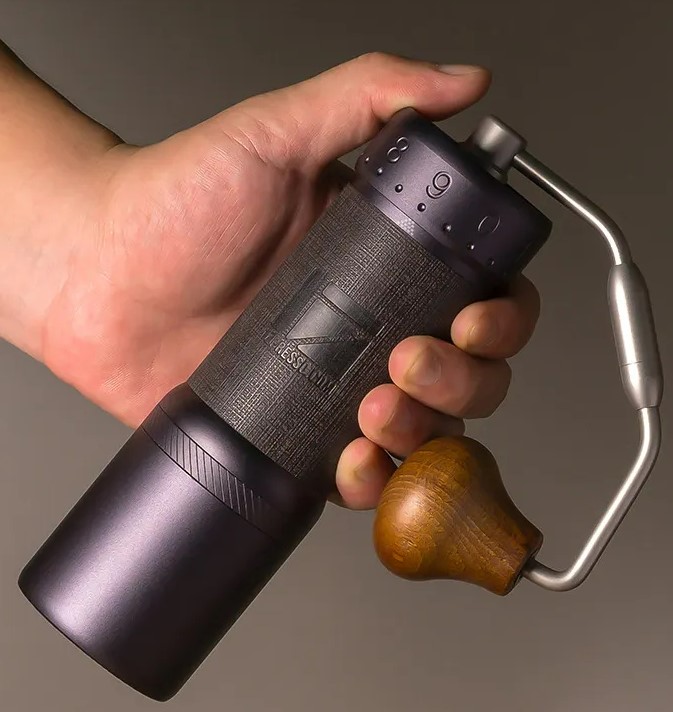Craftsmanship Meets Performance: Introducing 1Zpresso J-Max Coffee Mill
Master the Art of Grinding Coffee Beans: A Guide to Coffee Grinders
For coffee fanatics, the process of grinding coffee beans is greater than just a regular task; it is an art type that can significantly affect the flavor and top quality of the final mixture. Coffee grinders play a vital role in this fragile procedure, yet grasping their usage involves greater than just pushing a switch. Recognizing the nuances of different mill types, choosing the ideal grind dimension, and employing the right methods are crucial steps in the direction of achieving that ideal mug of coffee. The journey towards ending up being a coffee grinding genius doesn't end there. As we check out the details of this craft, we will uncover upkeep keys, troubleshooting suggestions, and a lot more, all targeted at elevating your coffee experience to new heights.
Kinds Of Coffee Grinders
There are three main kinds of coffee mills commonly utilized by coffee enthusiasts: blade grinders, burr grinders, and hand-operated mills. Blade grinders are the a lot of standard type, using a simple blade to chop the coffee beans. While they are budget-friendly and simple to use, they commonly result in unequal coffee grounds due to inconsistent grinding.
Hands-on grinders, as the name recommends, require hand-operated effort to grind the coffee beans. They are frequently favored by those who enjoy the procedure of hand brewing coffee or for those that value portability. Hands-on grinders can differ in design, from straightforward handheld versions to much more detailed counter top versions. While they might require even more effort, hand-operated mills offer control over the grinding procedure, allowing individuals to adjust the work size to their preference. Each kind of coffee grinder has its advantages and perfect usage cases, providing to the diverse choices of coffee enthusiasts.

Choosing the Right Grind Size
With an understanding of the different sorts of coffee mills, the next critical step in achieving the best mug of coffee is selecting the best work dimension. The grind size plays a significant role in determining the taste account of your coffee (1Zpresso J-Max). Various brewing methods require particular grind dimensions to enhance the removal of tastes from navigate to these guys the coffee premises
For a crude work, perfect for French press and cool brew methods, the coffee beans should look like breadcrumbs, offering a durable and strong flavor. Medium-coarse grinds, appropriate for Chemex or Clever Dripper, have a structure similar to coarse sand, providing a visit their website balanced taste.
Medium grinds, typically utilized in drip coffee manufacturers, have an uniformity looking like routine sand, leading to a well-shaped taste. Fine grinds, finest for espresso machines, belong to table salt, yielding an abundant and extreme taste. Extra-fine grinds, made use of in Turkish coffee, are as great as powdered sugar and create a strong and potent brew.
Grinding Strategies for Optimum Taste
To remove the maximum capacity of taste from your coffee beans, understanding proper grinding techniques is necessary. Consistency is essential when it comes to grinding coffee beans for ideal taste. By paying focus to these grinding techniques, you can elevate the flavor profile of your coffee and take pleasure in an extra satisfying cup every time.
Maintenance and Cleaning Up Tips

Change any kind of worn-out parts quickly to preserve the top quality of your coffee work. By adhering to these maintenance and cleaning suggestions, you can make sure that your coffee mill proceeds to supply scrumptious fresh ground coffee for years to come.
Troubleshooting Common Grinder Issues


Guaranteeing your coffee mill functions efficiently needs proficient troubleshooting of common concerns that might develop during its use. One usual trouble with coffee mills is inconsistent work size.
This can take place when oils from the coffee beans build up and obstruct the grinder's chute. To solve this, disassemble the mill and clean all components thoroughly, paying special focus to the chute and burrs.
Finally, if your mill is producing too much noise throughout operation, it might show a problem with the electric motor or internal elements. Full Report In such instances, it is a good idea to speak with the supplier's instructions for fixing steps or seek expert assistance to identify and fix the issue immediately.
Conclusion
In final thought, understanding the art of grinding coffee beans involves understanding the various kinds of coffee grinders, selecting the appropriate grind size, using correct grinding strategies for optimal flavor, and preserving and cleansing the mill frequently. By adhering to these standards and troubleshooting common grinder problems, coffee lovers can raise their coffee developing experience and enjoy a delicious cup of coffee whenever.